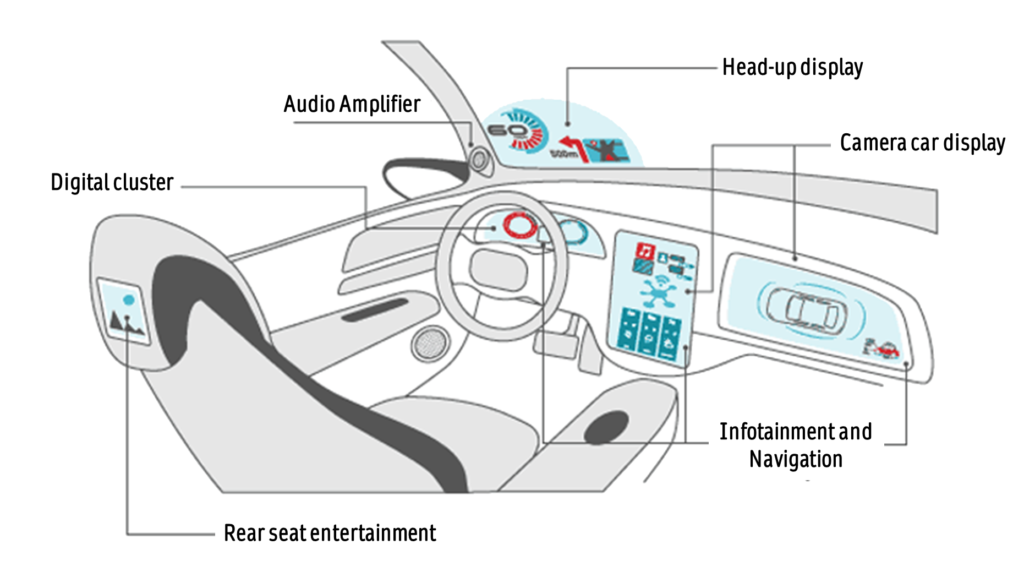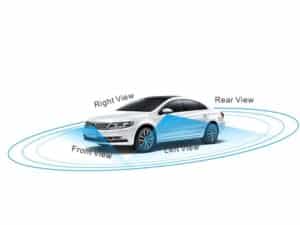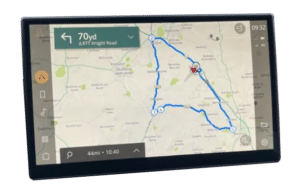Know-how: challenges of ADAS testing
Michela Radice2025-03-25T10:42:12+01:00How many different technologies are incorporated into ADAS systems?
The group of technologies known as ADAS (Advanced Driver Assistance Systems), refers to Automotive applications and uses lots of top-level sensors, controls and interfaces with highly demanding reliability requirements.ADAS systems were conceived to basically help drivers throughout their functions: most road accidents are indeed due to human errors, and indeed ADAS has proven to reduce road accidents, deaths and injuries by minimizing the possibility of impacts: that’s why ADAS is so widely adopted.ADAS refers to a set of systems able to automate, adapt, and enhance vehicle technology to globally increase people, car and road safety.
- safety features, where technology alerts the driver and takes control of the vehicle if necessary;
- adaptive features, to automatically adapt the vehicle functionalities to the environment conditions that may evolve over time.
Essential safety-critical ADAS applications include:
- pedestrian detection and avoidance;
- automatic emergency braking;
- driver monitoring system, e.g. alertness, fatigue, alcohol;
- traffic lights and signs recognition;
- warning and correction for lane departure, centering and change;
- blind spot detection;
- park assistance.
In a complementary way, adaptive features may adjust lighting, provide adaptive cruise control, assist in avoiding collisions, integrate satellite navigation with traffic warnings and smartphone data, alert drivers about possible obstacles.
Nonetheless, ADAS integrates “classical” features from the car safety historical background: vehicles still host rain sensors, tire pressure monitoring, Anti-lock Braking System (ABS), Electronic Stability Control (ESC), among many others.
Are you looking for testing ideas/hints for your ADAS system?
Most of these systems include connecting technologies for video and audio streaming, and communication buses like CAN or Automotive Ethernet.
Check out our “Know-how” library, that already includes some articles about FPD-Link III and GMSL2 video protocols, and Automotive Ethernet media converters.








